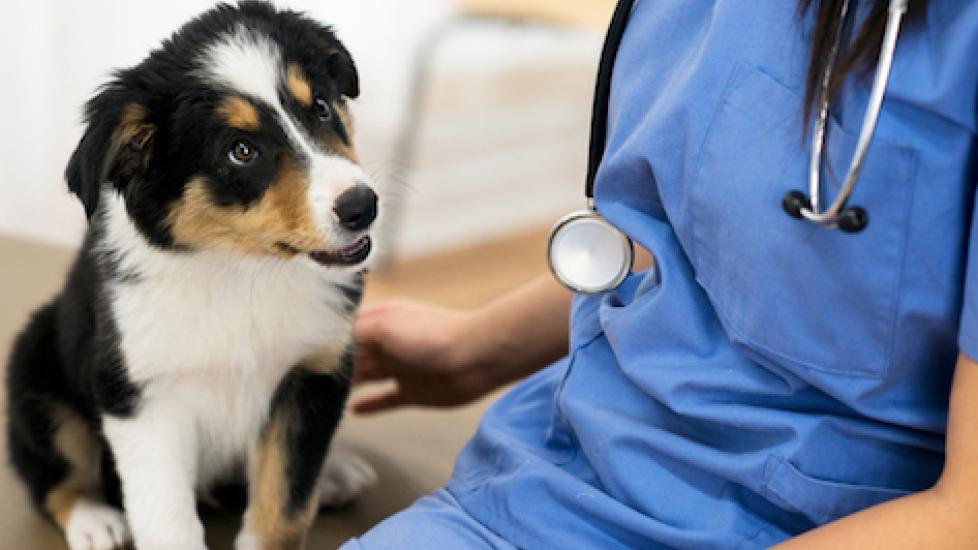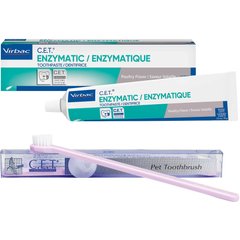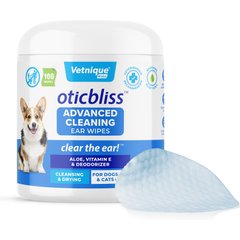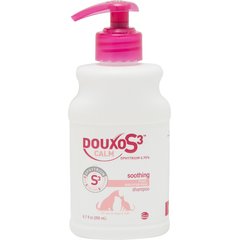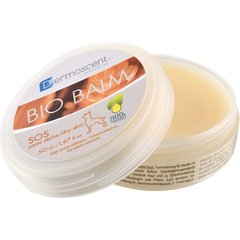Laparoscopic Spay for Dogs and Cats
By Heather Larson
If you’re looking for a minimally invasive alternative to a traditional spay procedure, a laparoscopic spay might be a good fit for your female dog or cat.
With a traditional spay procedure, both ovaries and the uterus are usually removed, which is considered an ovariohysterectomy. In contrast, a laparoscopic spay normally only removes the ovaries (ovariectomy), which means a surgeon can make a smaller incision or set of incisions in the patient.
Both surgical procedures achieve the same end result: sterilization, says Dr. Marc Hirshenson, a board-certified veterinary surgeon.
Laparoscopic surgeries are gaining popularity in veterinary medicine. We asked the experts to explain how the procedure works and whether it’s safer than a traditional spay.
Laparoscopic Spay Technique
“Some minimal variation occurs in the procedure among surgeons, but it involves between one to three small incisions along the abdominal body wall,” says Hirshenson, who performs surgery at Triangle Veterinary Referral Hospital in Durham, North Carolina. “Through these small incision(s), the surgeon places ports allowing the entrance of the camera and instrumentation.”
The patient’s abdomen is filled with CO2 gas for better visualization, adds Dr. John Adam, owner and president of Imperial Highway Animal Clinic in Southern California.
The camera transmits a digital image to a screen in the operating room, allowing full view of the entire abdomen and all organs, Hirshenson describes. After the blood vessels are sealed, the ovaries are transected (cut across) and removed. The surgeon’s hands never enter the abdomen.
Vet Recommended Health Support
- Virbac C.E.T. Enzymatic Dog & Cat Poultry Flavor Toothpaste, 70 gram & Virbac C.E.T. Pet Toothbrush, Color Varies$18.78Chewy Price
- Vetnique Labs Oticbliss Advanced Cleaning, Soothing Aloe & Odor Control, Dirt & Wax Removal Dog & Cat Ear Wipes, 100 count$14.99Chewy Price
- Douxo S3 CALM Soothing Itchy, Hydrated Skin Dog & Cat Shampoo, 6.7-fl oz bottle$23.99Chewy Price
- Dermoscent BioBalm Skin Repairing Dog Balm, 1.67-oz jar$19.95Chewy Price
Safety of Laparoscopic vs. Traditional Spay
While veterinary experts agree on the benefits of laparoscopic spay, they have different views on which method provides the best protection to the patient. Adam says laparoscopic spay remains safest because there’s less trauma to tissues, less risk of infection, and less bleeding.
Hirshenson says a laparoscopic spay is neither safer nor riskier than a traditional spay. The differences come with the practice the surgeon has with one procedure or the other.
“The more experience a surgeon has with either laparoscopic or an open [traditional] spay often helps minimize the time of anesthesia and procedure and allows them to perform the procedure in an efficient manner safely,” Hirshenson says. “Surgeons performing laparoscopic procedures always discuss with pet owners the possibility of needing to convert to an open approach if complications arise, such as poor visualization, equipment malfunction, or uncontrolled bleeding.”
A traditional spay procedure performed by someone qualified is considered very safe, says Dr. Paul Hodges, owner of Minimally Invasive Procedures (mobile endoscopy services) in Toronto. However, the laparoscopic spay could be considered safer because electrocautery seals the blood vessels prior to cutting them, he says. Once a blood vessel has been sealed like this, a very low chance of future bleeding exists. But in a traditional spay, the blood vessels are tied off using sutures, which can potentially loosen or slip.
Benefits of Laparoscopy Spay
Research has shown that animals undergoing the laparoscopic procedure feel 65 percent less pain than with a traditional spay, Hodges says. The surgery time runs shorter and there’s less bleeding, if any. Due to smaller incision(s), recovery generally occurs in half the time compared to post-operative timeframes for an open spay operation. Recovery includes faster wound and skin healing, plus a quicker return to normal activity.
“In people, the advancements of minimally invasive procedures have revolutionized the approach to medical therapy regarding patient comfort and recovery,” Hirshenson says. “Laparoscopic spay is a minimally invasive procedure that is allowing veterinarians to provide the same benefits to our dogs and cats.”
Adam concurs, noting that clients see the value of minimally invasive procedures for themselves, so they are creating a demand for it for their pets. He predicts that soon a traditional spay will become obsolete.
But not all female dogs and cats should undergo this new procedure. Unsuitable candidates, notes Hirshenson, include very small patients who would require tiny ports, cameras and instrumentation to perform the surgery safely. Also, if the pet has an infected or cancerous uterus that needs removal, a traditional open approach is necessary.
If your pet is actively in heat, many veterinarians like Hodges won’t spay with either method, preferring to wait until the dog is out of heat to reduce the chances of bleeding and other complications.
Laparoscopic Spay Costs
The laparoscopic method usually costs more than a traditional spay. That’s because special equipment and maintenance are required. Adam says the extra cost is well worth it.
Hodges adds that “the cost increase also includes the additional training and expertise required for a veterinarian to become proficient in performing a laparoscopy. Just as veterinary care and traditional spay procedure costs can vary among veterinary hospitals and geographical location, cost of laparoscopic spay may vary slightly between hospitals.”
As a referral surgeon, Hirshenson always encourages pet owners to discuss the pros and cons of each spay procedure with their primary veterinarian. By asking questions, you can make an informed and appropriate decision for your pet and family.
Laparoscopy is considered the gold standard in human medicine, Hodges says. Doctors almost always opt to perform a procedure with scopes, if it’s available. The accelerated healing times and extremely significant reduction in post-operative discomfort/pain make the use of scopes extremely appealing.
“In veterinary medicine, clients consider their pets part of the family and want their pets to receive the same level of care that they would want the rest of their family to receive,” Hodges concludes.
